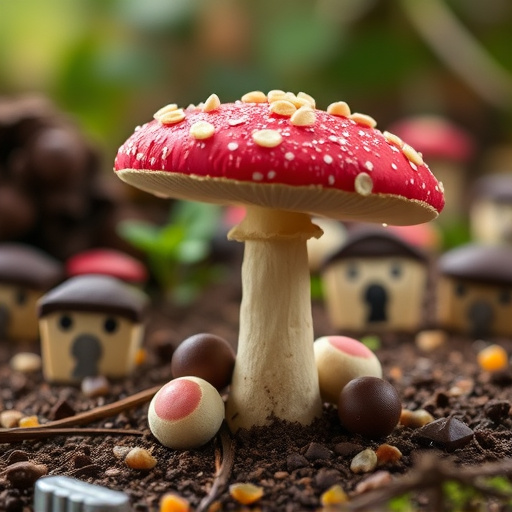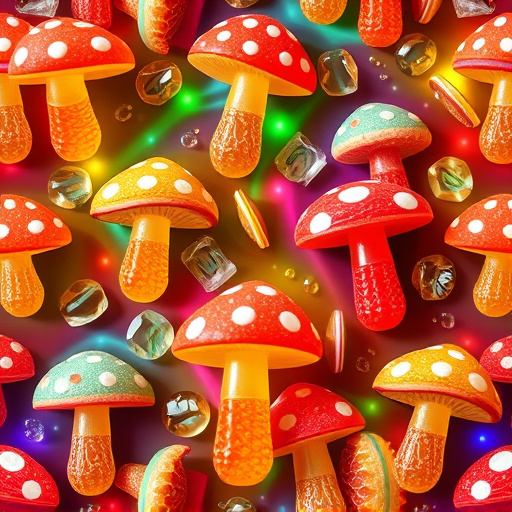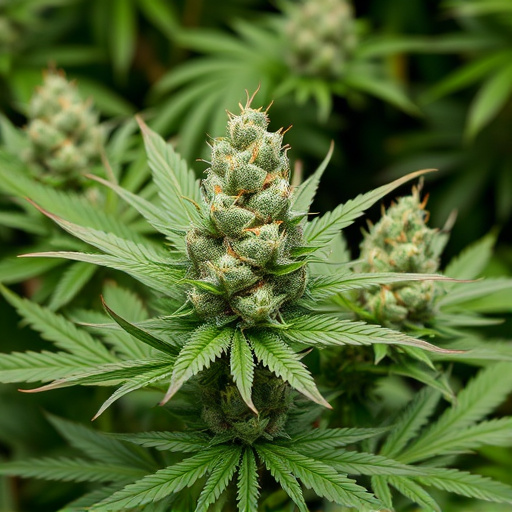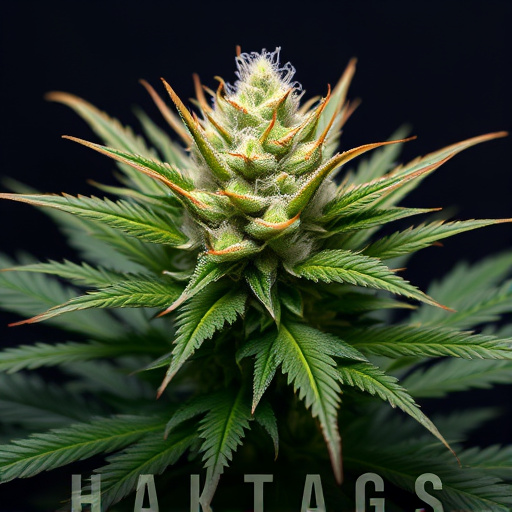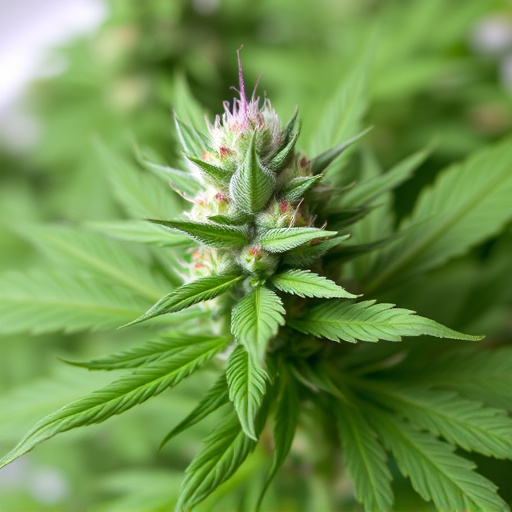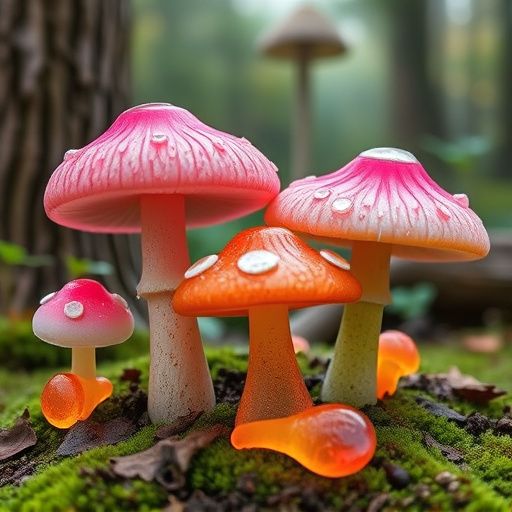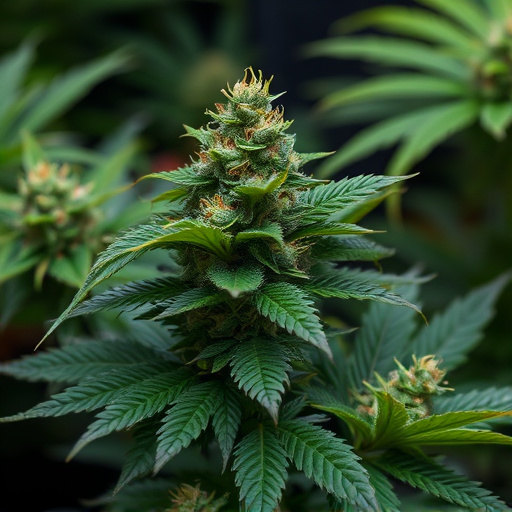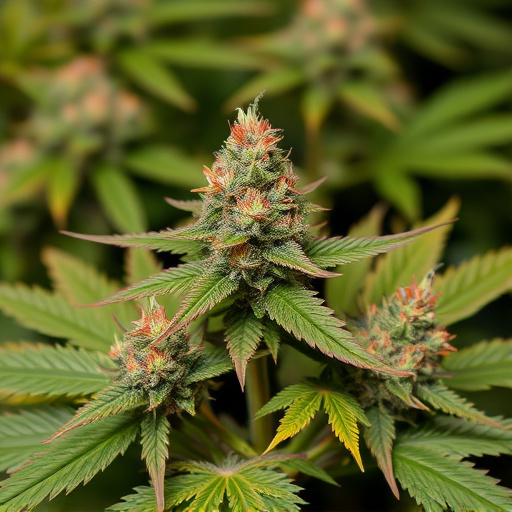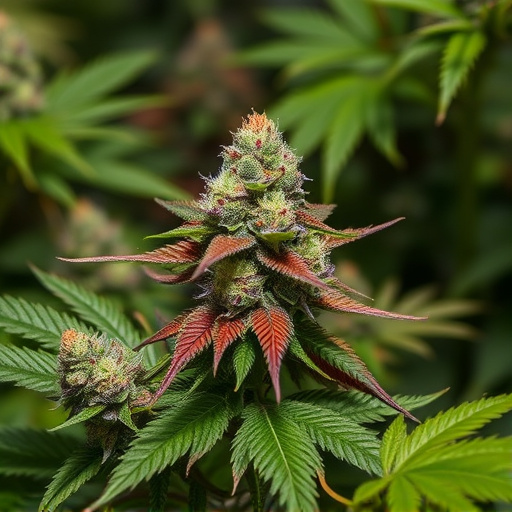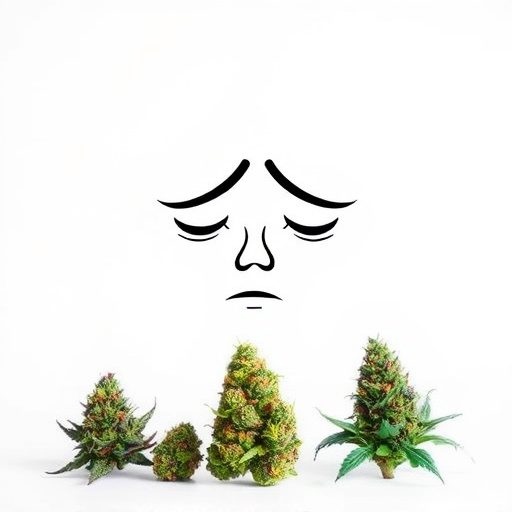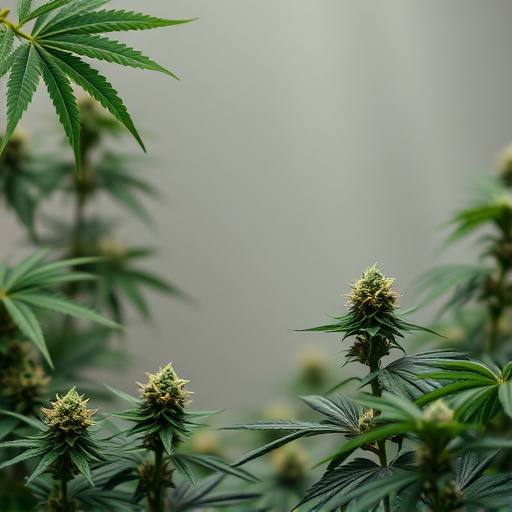Trichomes, tiny glandular hairs on cannabis flowers and leaves, significantly impact the potency of anxiety weed strains. They produce essential compounds like THC (psychoactive) and CBD (anxiety-alleviating), along with terpenes, contributing to flavor, scent, and therapeutic effects. Trichome density and composition directly correlate with cannabinoid concentration, influencing strain potency and potential benefits for managing anxiety.
“Unveiling the Powerhouse of Potency: Why Trichomes Matter. Cannabis trichomes, microscopic guardians of plant potency, play a pivotal role in shaping the therapeutic potential of cannabinoids. This article delves into the intricate world of these sticky structures, exploring their essential function in concentrating powerful compounds like THC and CBD. We’ll uncover how trichome density influences cannabis strains known for managing anxiety, providing insights for cultivators to breed high-potency anxiolytic varieties. Discover the science behind the stickiness and unlock the secrets to optimal cannabinoid experiences.”
- The Role of Trichomes in Cannabis Potency
- – Definition and structure of trichomes
- – How trichomes produce and concentrate cannabinoids
The Role of Trichomes in Cannabis Potency
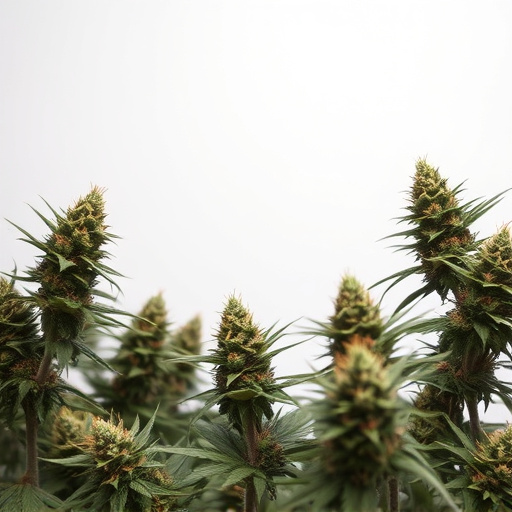
Trichomes, small glandular hairs that coat cannabis flowers and leaves, play a pivotal role in determining the potency of anxiety weed strains. These specialized structures secrete a wide range of cannabinoids and terpenes, which are responsible for the plant’s unique flavor, aroma, and therapeutic effects. Among these compounds, tetrahydrocannabinol (THC) and cannabidiol (CBD) are particularly significant.
THC is known for its psychoactive properties, inducing feelings of euphoria and relaxation, while CBD offers a more balanced experience, potentially helping to mitigate the anxiety often associated with high-THC strains. The density and composition of trichomes directly influence the concentration of these compounds in the final product. Strains with abundant, sticky trichomes typically contain higher levels of cannabinoids, translating to enhanced potency and potential therapeutic benefits for users seeking relief from conditions like anxiety.
– Definition and structure of trichomes
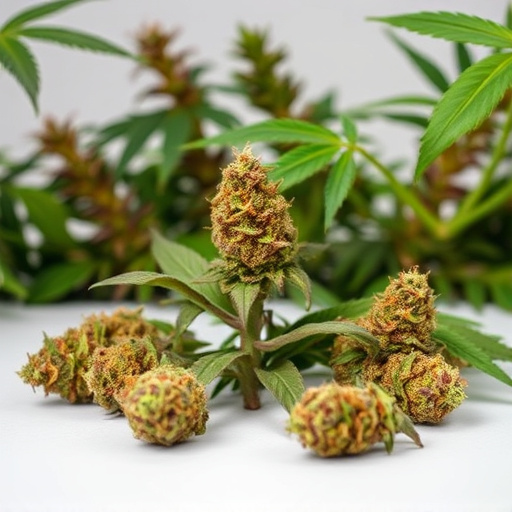
Trichomes, often referred to as tiny hair-like structures, are an essential component of cannabis plants, playing a pivotal role in determining the potency and overall quality of anxiety weed strains. Structurally, they’re glandular hairs that can be found covering various parts of the plant, most notably on the surface of flowers and leaves. These microscopic trichomes secrete a wide range of compounds, including cannabinoids like THC (tetrahydrocannabinol), CBD (cannabidiol), and terpenes, which are responsible for the unique aroma and flavor profiles we associate with different cannabis strains.
Beyond their role in shaping the sensory experience, trichomes act as a defense mechanism for the plant. Their sticky nature traps potential pests and pollinators, while also helping to retain moisture, protect against UV damage, and facilitate communication between plants through chemical signals. Understanding the intricate structure and function of these microscopic wonders offers valuable insights into why certain anxiety weed strains may exhibit more potent effects than others.
– How trichomes produce and concentrate cannabinoids
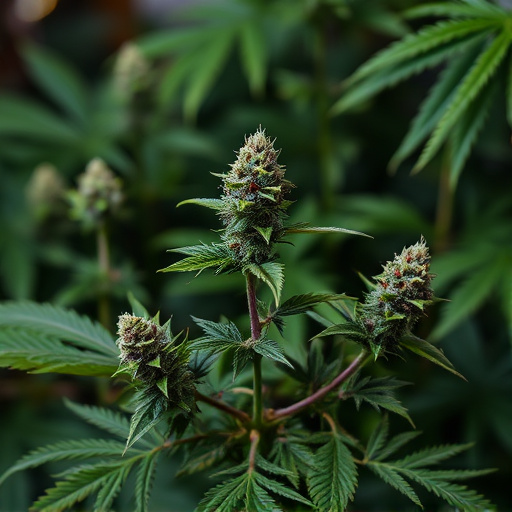
Trichomes, tiny hair-like structures found on the surface of cannabis plants, play a pivotal role in producing and concentrating cannabinoids like THC and CBD. These compounds are responsible for the plant’s distinctive effects, including its potential to alleviate anxiety in weed strains. Within the trichome, specialized cells synthesize and store these cannabinoids, ensuring their concentration reaches levels that can have therapeutic benefits.
As trichomes mature, they secrete resins that encapsulate the cannabinoids, further concentrating them. This process not only enhances the potency of cannabis but also contributes to its diverse range of effects. For individuals seeking anxiety relief through specific weed strains, understanding the role of trichomes in cannabinoid concentration is crucial, as it influences the overall strength and quality of the therapeutic experience.
Trichomes play a pivotal role in determining the potency of cannabis, especially in anxiety-relieving weed strains. These tiny hair-like structures not only protect the plant but also act as production houses for cannabinoids, amplifying the therapeutic benefits found in various strains sought by those looking to manage anxiety. Understanding trichome dynamics is key to unlocking the full potential of cannabis for both medicinal and recreational purposes, highlighting their significance in the ever-evolving landscape of cannabis consumption.


